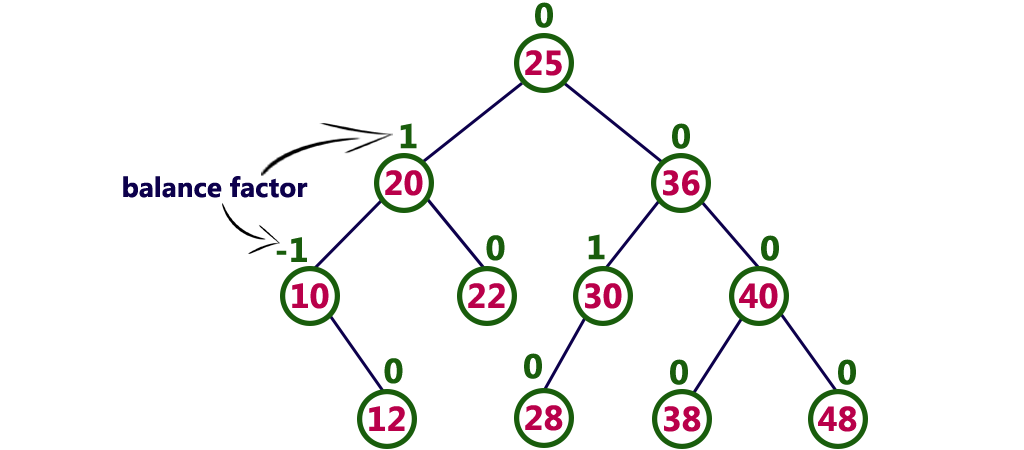WHAT IS FRIENDSHIP:
For all the attention we pay to love stories, some of the most compelling stories (in fiction or not) are about best friends, like Thelma and Louise, Woody and Boaz, and even Captain Kirk and Spock. "However, the two sieges had gone through each other's back thick and thin, although there were many stumbling blocks in the way." But, just like romance, if you've ever tried to make a new friend and only things haven't been clicked, it's probably because one of the essential components of friendship simply wasn't there.
All of this is good and good, but if a potential new friend doesn't see the same happy charm in you, it's unlikely anything deep and lasting will come from him. Yet, we do not know when and where friendship will develop. Usually, it arises from a common interest or a hobby, and brings people together because they are at the same stage of life, like new or retired parents. People of similar backgrounds and cultures tend to come together through interconnections around shared experiences for life. Although most of these relationships take time to really go deep, friendship sometimes resembles a lightning strike. "Sometimes you can be in a large group of new people and catch someone's eye and that's like 'boom!' - instant friendship," Diggs-White says of an experience she calls "the click phenomenon." "It's like that rush of "love at first sight," but it's friendship, not romantic."
Dr. Susan Diggs-White, a psychologist and friendship expert at the University of Northern Illinois, explains in an email interview that "friendships are relationships that involve two very critical dimensions - interconnectedness and voluntary participation." As anyone who's ever been friends know, it's a complex process and an experience. She says that true friendships are characterized by each member's willingness to deal with the other, as it is a shared interest in each other's experiences and ideas, as well as a sense of belonging and interdependence. Friendships require reciprocity - admiration, respect, trust, and emotional and emotional support.
In other words, friendship is great, and a lot of ink is stolen in citation the virtues of having friends. That doesn't mean friendship is easy. It takes time and effort, and it requires that people put someone other than themselves first at times. But in return for this work, a friend can provide a tremendous amount of support and comfort in good times and in distress. Keep reading to learn more about various types of friendship.
Truly, good friendships are very important to our general happiness. A 2017 study in the journal Personal Relations found that having strong friendships is actually more evidence of overall health and happiness in old age than just sharing and supporting the family! But the benefits of friendship in general are lifelong. Research has shown that people with good friends often feel happier, less stressed, and more like those without friends. A strong network of friends also increases self-confidence, as well as providing much-needed emotional support during difficult times, such as illness, missing a loved one or getting divorced.
What are the different types of Friendship:
Once again, a person rarely moves from a virtual stranger to Anstee. “Friendships develop as each person reveals himself a bit more, and the “friend who makes him” matches the revelation he reveals himself. It's how to build trust between people — through increasingly intimate or personal information exchange. In fact, research has revealed that it takes about 50 hours to become just a passing friend, then 90 hours to be elevated to a regular friend. Then it takes about 200 more hours of interaction to develop a “close friendship”! [Source: Hellman].
Before we reach the integrity of individual types of friends, it is important to note that as individuals, we prefer different types of social structures, according to research published in Contexts 2016. These narrow flavors tend to maintain a dense social network where everyone is friends with each other, while the fragmented have multiple groups of friends, which often come from different periods of time in their lives or perform different functions such as counseling or entertainment. The owners have personal relationships but avoid groups [source: Wang].
According to Diggs-White, there are four basic types of friendship: friend, best friend and best friend. "The level of friendship deepens as the level of exchange, mutual respect and friendship grows," she explains. Knowledge is easy enough to classify. It's people who are not totally strangers, who you normally meet in a place like a coffee shop or a work cafeteria, but you don't really know. “They're people we know well enough to have small conversations with on a regular basis,” she says, “but they're not really people we can invite to a dinner party or visit if we need help.”
By contrast, the “friends” in the record number are those we are trying to meet or mix with. "Women who participate in motor racing duties in children's sports and who usually hang around with them or spend time with them at games, for example. or people who are your “group” and with whom you tend to communicate on a regular basis.
These friends are certainly valuable, but when things get more complicated, you're more likely to seek a "close friend" for help or support. They're also the people who trade secrets. There isn't only a strong level of trust between these friends, there's also a lot of unconditional respect and intimacy, Diggs White explains in detail. You may not like your best friends' choices, but you defend your right to make them.
Last but not least, there is a real lack of “best friend” phenomena. "The best friend is the rarest kind of friend and kind of friend we all need to have in our lives. It's a friend that happens to you without having to explain yourself. He's the kind of friend who loves you no matter what. They're not necessarily people you talk to every day. "Weeks or months may pass without calling, but when you reconnect, it's as if no time has passed. These friendships differ in their ability to practice and abide even if life temporarily blocks the way. These are “friends of heart to heart” or “friends of spirit” and can give you comfort even if you are away from contacting this friend.”
It's important to note that in today's social media-based society, people often feel confused about their status as friends. “The process of 'making real friends' really hasn't changed! What has changed is the generic label of acquaintances, acquaintances, and close friends that all have the same title, “Friend,” says Diggs-White. "Not all followers, Facebook friends and others will be "real friends," because there's probably not a lot in common with them, you rarely see them in person (if there's anything at all), and they probably couldn't get them to get a lot of support."
Sometimes even seemingly real friendships get worse. Keep reading to learn more about the toxic signs of friendship, and how to take action.












